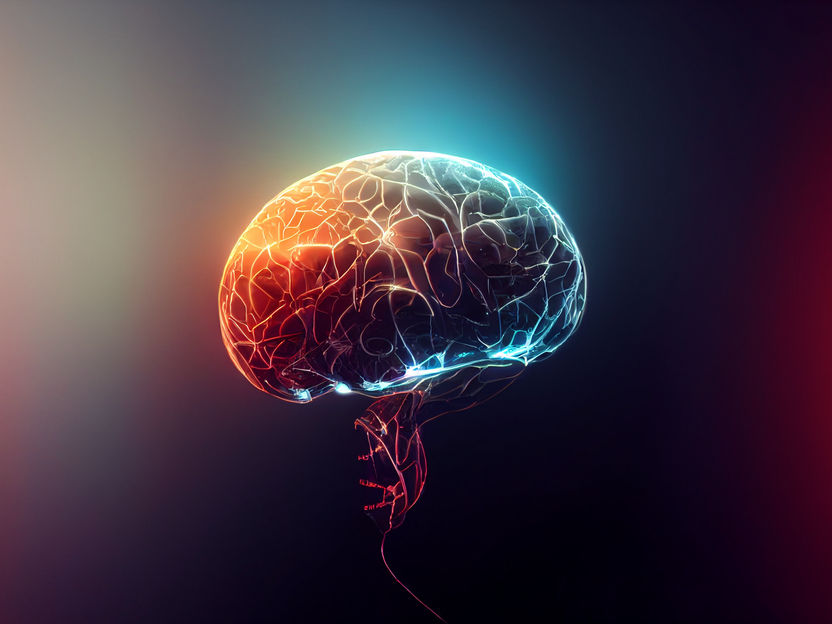Discovering new materials with the help of machine learning
International research team publishes universal framework in the journal Science
Advertisement
Novel materials are the key for our transition to a more sustainable economy. However, the search for and design of new materials matching specific technology requirements are time and cost-intensive. Especially for high-entropy alloys that are solid solutions of multiple principal elements, the number of possible combinations becomes too large to use trial-and-error methods. An international research team developed now a closed-loop active machine-learning framework that enhances the experimental efficiency in identifying new alloys with desired properties by orders of magnitude, saving time and costs. The framework has been applied successfully to discover new Invar alloys used to transport liquid hydrogen, ammonia and natural gas, and such a framework can be universally applied to optimizing other mechanical and functional materials. The research team led by scientists from the Max-Planck-Institut für Eisenforschung (MPIE), now published their recent results in the journal Science.

Computer generated picture
“If we just consider the most used elements in the periodic table, they result in 1050 possible alloy variants – a number that exceeds any experimental approaches. That’s why we used an active learning framework based on probabilistic models and artificial neural networks”, explains Dr. Ziyuan Rao, a postdoctoral researcher at MPIE and the first author of the publication. The research team from MPIE, the Technical University Darmstadt, the Delft University of Technology (Netherlands) and the KTH Royal Institute of Technology (Sweden) searched for Invar alloys with improved thermal expansion properties. These alloys are made out of iron and nickel and do not expand or contract if temperature changes. They are ideally used in tanks storing gases at temperatures between -160°C and room temperature. “Predicting Invar alloys is a very challenging problem computationally. One has to handle the delicate interplay of magnetism and lattice vibrations both impacting the thermal expansion. The discovery of new Invar alloys is, therefore, an excellent proof of concept of our computational input as well as for the developed active learning framework”, says Dr. Fritz Körmann, research group leader at Delft University and MPIE and co-author of the publication. The active learning framework developed by the scientists contains three basic steps. First, promising alloy compositions are found based on a deep generative model that combines unsupervised learning with stochastic sampling. In the next step, these compositions are screened with the help of a two-stage ensemble regression model that results in ca. 20 suggested compositions. These compositions are ranked and the three top candidates are experimentally processed and characterized. “We integrate the surrogate model predictions, theoretical calculations, and experimental validation into a closed-loop framework, and in only six iterations we successfully identified two final novel Invar alloys with improved thermal expansion coefficients”, says Prof. Hongbin Zhang at the Technical University Darmstadt and co-author of the publication.
“Machine Learning models have had amazing success when sheer unlimited amounts of data are available, for example in video games or when trained on nearly one third of the internet content. However, it is much harder to find use cases where artificial intelligence made a difference in the real world. It is very exciting to see that the predictions were not just tested in simulation, but new alloys were physically produced and tested”, says Prof. Stefan Bauer from the KTH Royal Institute of Technology and the machine learning expert. The scientists will now focus on other materials’ properties like magnetism and develop the necessary framework steps.





























































